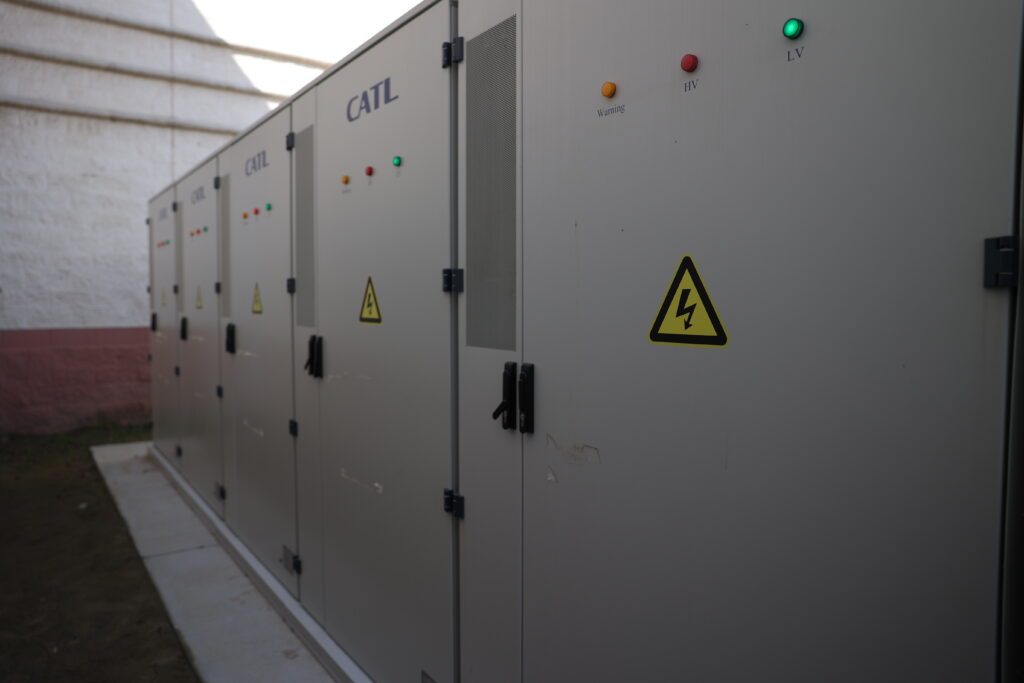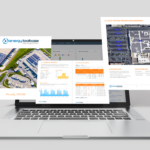Demand Response (DR) programs have significantly advanced over the past few decades and are key players in energy management and grid stability. In this blog, we take a deep dive into the history of DR programs, exploring everything from technological advancements and regulatory changes to the prospects of these programs.
Early Beginnings: 1970s to 1990s
Demand Response emerged during the energy crises of the 1970s. During this period, the U.S. faced significant energy shortages, prompting utilities and policymakers to explore innovative ways to manage electricity demand and avoid blackouts. Initial DR efforts were rudimentary, focusing on direct load control. Utilities could remotely switch off high-energy appliances like air conditioners during peak demand periods. These early programs were primarily designed to prevent grid failures and reduce the need for constructing new power plants.
In the 1980s, DR programs began incorporating time-of-use pricing, which incentivized customers to shift their electricity usage to off-peak hours by offering lower rates during these periods. This strategy aimed to flatten demand curves and reduce the strain on the grid during peak hours.
Technological Advancements and Market-Based Demand Response: 2000s
The late 1990s and early 2000s marked a pivotal shift in DR programs, driven by advancements in technology and regulatory changes. The introduction of smart meters and advanced metering infrastructure enabled utilities to collect real-time data on electricity consumption and communicate directly with consumers. This technological leap facilitated more precise and responsive DR programs.
With deregulation, electricity markets began to recognize the value of DR as a resource. Programs such as PJM’s Interconnection’s Emergency Load Response Program and ISO-NE’s various DR initiatives in New England allowed DR to be bid into wholesale electricity markets, much like traditional generation resources. This integration highlighted the potential of DR to enhance grid reliability and efficiency by balancing supply and demand in real time.
Modern Demand Response: The Smart Grid Era
The advent of the smart grid revolutionized DR programs by enabling a more dynamic and integrated approach to managing energy demand. Smart grids combine digital communication technology with the electrical grid, allowing for real-time monitoring and control of energy flows. This integration enhances the ability of utilities to implement sophisticated DR strategies, such as dynamic pricing, real-time energy monitoring, and automated demand response (ADR).
Automated Demand Response represents a significant advancement in DR technology because these systems can automatically adjust power consumption based on real-time signals from the utility without the need for manual intervention. This automation increases the speed and reliability of DR responses, making it easier for utilities to manage demand during peak periods or in response to grid emergencies.
The integration of Distributed Energy Resources (DERs) such as solar panels, battery storage, and electric vehicles (EVs) has further enhanced the flexibility and effectiveness of DR programs. These resources can be aggregated and controlled to provide additional capacity and stability to the grid. For instance, during periods of high demand, stored energy from batteries can be dispatched to support the grid via an energy management system like Acumen EMS™. Programs like California’s Demand Response Auction Mechanism and New York’s Reforming the Energy Vision initiative exemplify how modern DR strategies leverage DERs to create a more resilient and efficient energy system.
Regulatory and Policy Developments
Regulatory frameworks and policies have been instrumental in shaping the evolution of DR programs. The Federal Energy Regulatory Commission (FERC) has played a pivotal role in promoting DR through various orders and regulations. FERC Order 745, issued in 2011, required that DR resources be compensated at the same rate as generation resources in wholesale energy markets, recognizing their value in maintaining grid reliability and efficiency. State-level policies have also driven the adoption and expansion of DR programs. For example, California has implemented a range of policies and incentives to encourage the integration of DR into its energy planning and grid operations.
The future of DR is poised for further evolution with advancements in artificial intelligence (AI) and machine learning. These technologies can enhance the predictive capabilities and optimization of DR strategies by analyzing vast amounts of data to forecast demand patterns and customer behavior more accurately. AI-driven DR systems can dynamically adjust strategies in real-time, improving the efficiency and effectiveness of DR.
The history of DR programs reflects a continuous evolution driven by technological advancements, regulatory changes, and market dynamics. The ability to seamlessly model DR programs empowers solar and storage projects to leverage a wide variety of value streams, enhancing overall project economics and reliability. That is why Energy Toolbase is actively working to expand our repertoire of DR offerings, starting with our recently released Demand Side Grid Service program within the ETB Developer platform. These DR programs allow consumers to tap into additional value streams that we believe, based on their history, will continue to grow more lucrative and beneficial. Leveraging insights gained from participation in grid services programs nationwide, Energy Toolbase has fine-tuned our product suite, consisting of ETB Developer, Acumen EMS™ controls software, and ETB Monitor to address key industry challenges and integrate those insights directly into our software to empower users to maximize project value through demand response.



